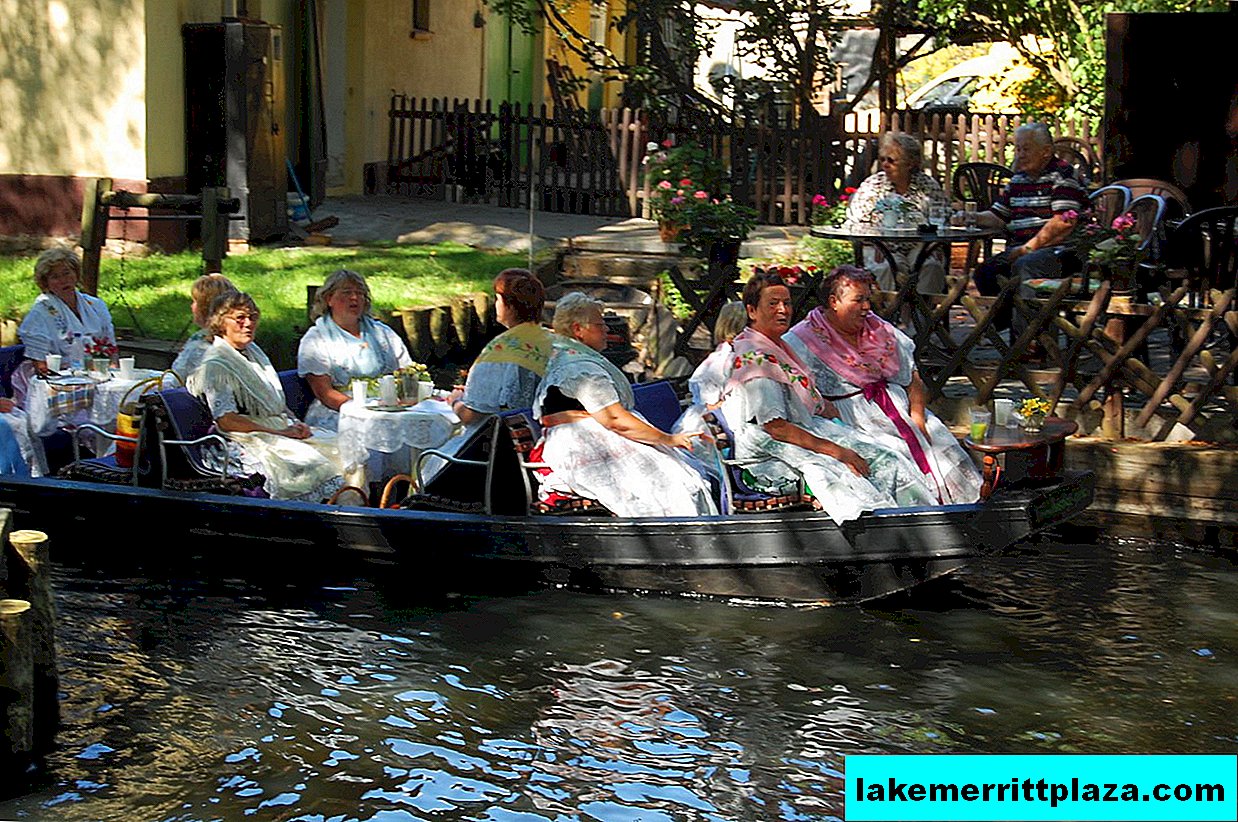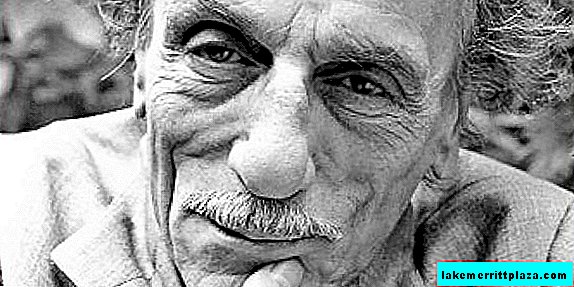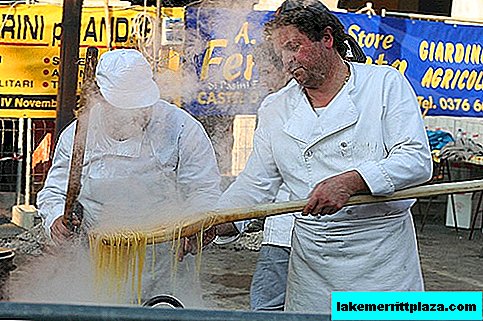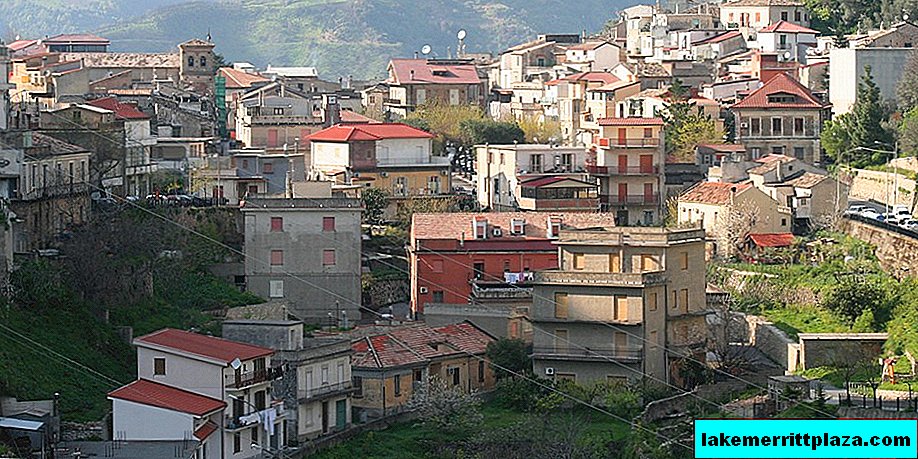Cultural events take place at Lingner Castle, while the terraces with their summer beer garden and restaurant are a delight for the eyes and stomach.

Lingnerschloss Castle, photo by Oliver Schlupp
Lingner Castle (Lingnerschloss) - one of the three famous Elbe castles near Dresden. It was built in 1850-1853. The design and construction of the castle was led by the Prussian architect Adolf Loze. Lingner Castle, like Albrechtsberg Castle, was built by order of the Prussian prince Albrecht. That is why they are sometimes called castles of Albrecht.
Lingner Castle is not a defensive structure. The castle is adjacent to the English-style parks and terraces that descend to the Elbe. Some of them are used for vineyards.

Vineyards, photo by Stefan Bauckmeier
The castle was originally called the Stockhausen villa, but it became more famous thanks to the entrepreneur Karl August Lingner, the most famous owner who produced the mouthwash Odol. Lingner rebuilt the building in accordance with his tastes, installed an organ in the building. A small zoo has appeared. The mausoleum in which Lingner was buried was erected in the park. The castle and the Elbe Valley were connected by a cable car.
The bombing of February 13, 1945 did not damage the Lingner Castle. After the war, it housed the infirmary, the commandant’s office and the hostel, the club of the intelligentsia.

Restaurant on the terrace, photo klaffi60
In 2010, the restoration of the castle was completed. And according to Lingner's will, a restaurant with low prices was opened here. The castle park is free to visit. It is a favorite vacation spot for Dresden residents and guests.
How to get there
Take tram 11 to the Elbschlösser stop.
How do I save on hotels?
Everything is very simple - look not only at the booking. I prefer the search engine RoomGuru. He is looking for discounts at the same time on Booking and on 70 other booking sites.





